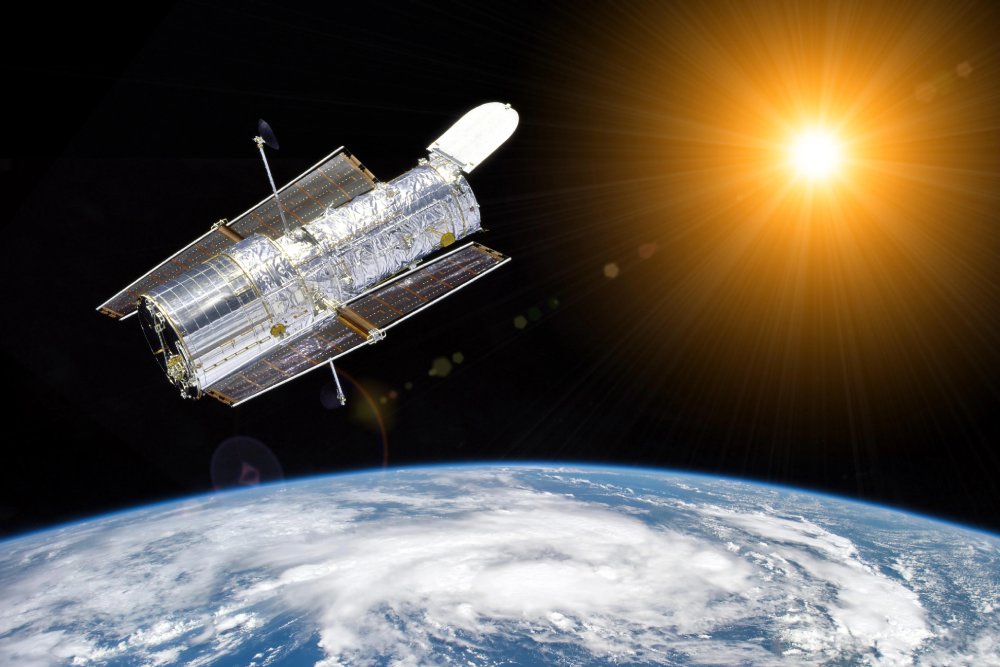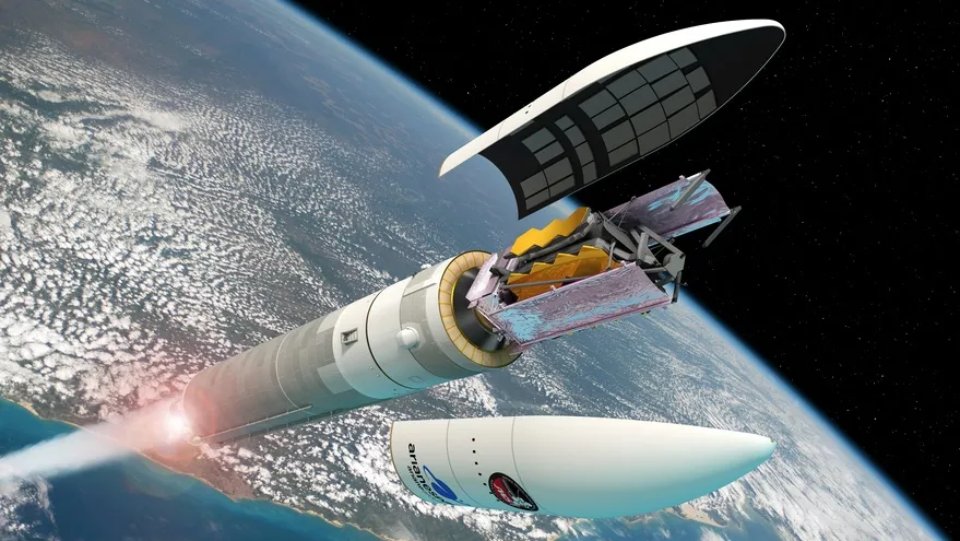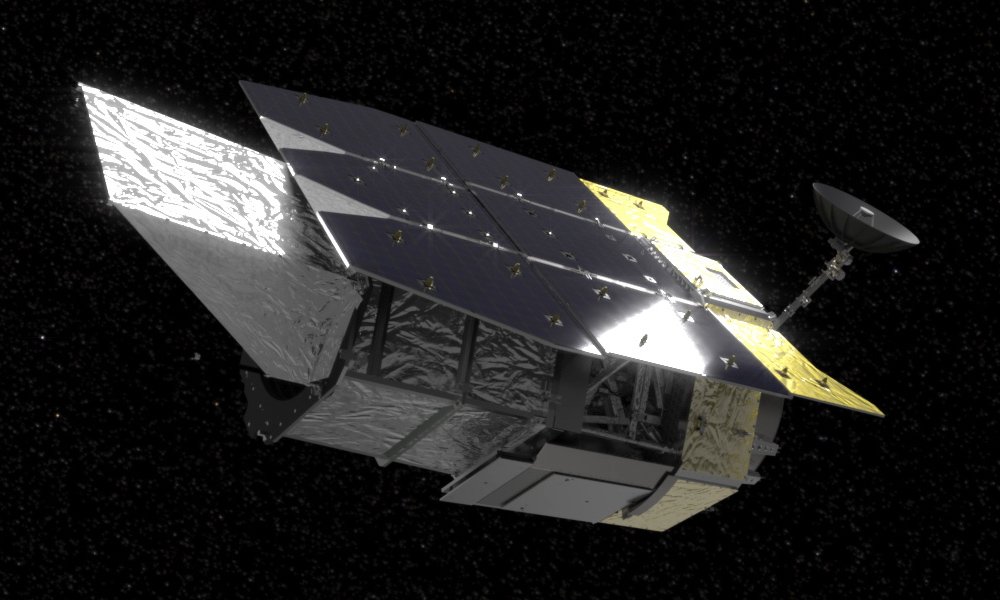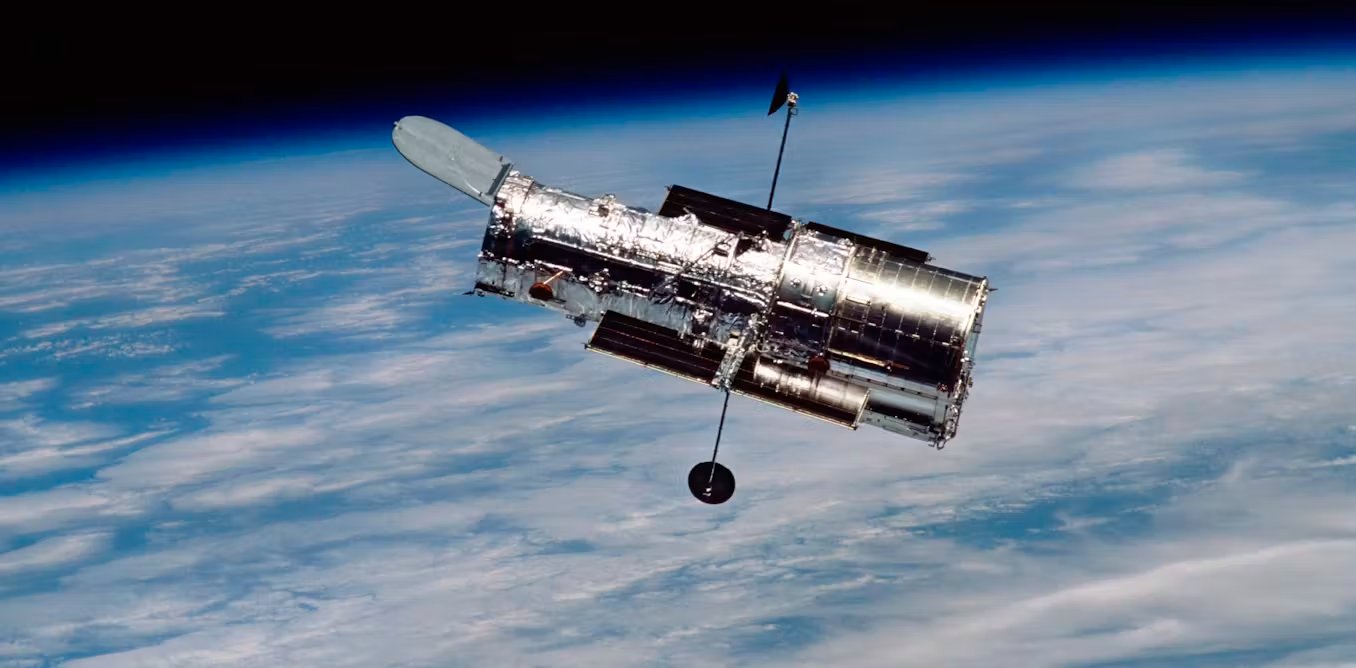Space telescopes have changed how we see the universe. They give us amazing details about galaxies, stars, and planets that are far away. Space telescopes provide a clear view of the cosmos. In contrast, ground-based telescopes are affected by the Earth’s atmosphere. Instruments like the Hubble Space Telescope and the James Webb Space Telescope have changed astronomy. Future space observatories will deepen our knowledge of how the universe began and changed.
This article looks at how space telescopes function, their key discoveries, and the future of space-based astronomy.
The Advantages of Space Telescopes

Overcoming Atmospheric Limitations
One of the main reasons scientists launch telescopes into space is to escape the distortion caused by Earth’s atmosphere. On Earth, air turbulence causes starlight to shimmer, which reduces image clarity. Space telescopes skip this issue. They can take ultra-sharp images of celestial objects.
Observing in Different Wavelengths
Space telescopes have another big benefit. They can see many types of electromagnetic wavelengths. Ground-based telescopes can’t do this. For instance:
- Infrared Observations: The James Webb Space Telescope (JWST) focuses on infrared wavelengths. These wavelengths can cut through cosmic dust clouds and uncover hidden celestial phenomena.
- Ultraviolet and X-ray Studies: Space telescopes, such as the Chandra X-ray Observatory, spot high-energy rays from black holes and neutron stars.
- Visible Light Imaging: The Hubble Space Telescope gives us amazing images of deep space. It shows beautiful views of galaxies and nebulae.
Space telescopes observe in many wavelengths. This gives us a better view of the universe’s structure and behaviour.
The Hubble Space Telescope: Pioneering Modern Astronomy
Launched in 1990, the Hubble Space Telescope (HST) has been one of the most influential space observatories in history. Hubble, with its 2.4-meter mirror and advanced cameras, has taken some of the most famous deep-space images.
Major Hubble Telescope Discoveries:
- Deep Field Images: Hubble’s Ultra Deep Field shows thousands of galaxies in a small part of the sky. This reveals just how vast the universe is.
- Exoplanet Atmospheres: Hubble studied exoplanet atmospheres. It found water vapour and other signs that suggest habitability.
- Expanding Universe Confirmation: Hubble observed distant supernovae. This gave strong evidence that the universe is expanding faster because of dark energy.
- Galactic Evolution: Hubble’s observations have shown how galaxies change over billions of years.
Despite its age, Hubble continues to provide groundbreaking data and remains an essential tool in modern astronomy.
The James Webb Space Telescope: The Next Generation
Launched in 2021, the James Webb Space Telescope (JWST) is the most advanced space telescope ever built. With a 6.5-meter gold-coated mirror and powerful infrared instruments, JWST is designed to look further back in time than ever before.
Key Features of JWST:
- Infrared Sensitivity: JWST detects heat from the earliest galaxies. This helps scientists study how the first stars and galaxies formed after the Big Bang.
- Exoplanet Studies: The telescope can analyze the chemicals in exoplanet atmospheres. It looks for signs of habitability or life.
- Advanced Mirror Technology: Its segmented mirror system offers unmatched detail, even better than Hubble’s.
Early Discoveries by JWST:
- JWST has taken clear images of faraway galaxies. These images show important details about their shapes and how fast stars form.
- It has found important gases in the atmospheres of exoplanets. These include water, methane, and carbon dioxide. They are key signs in the hunt for alien life.
- The telescope has shown stunning images of stellar nurseries. This helps astronomers learn how stars are born and grow.
JWST will keep making amazing discoveries in the next decades. It will help us learn even more about the universe.
Quick Guide
Why Space Telescopes Matter
- Crystal-Clear Views: Free from Earth’s atmospheric distortion
- Multispectrum Observation: From X-rays to infrared
- Game-Changing Instruments: Hubble, James Webb, and beyond
- Revealing the Early Universe: Deep field imagery & first galaxies
- Exoplanet Exploration: Analysing alien atmospheres for signs of life
Pro Tip
Want to see back in time? Space telescopes like JWST don’t just look far—they look deep into the past. Because light takes time to travel, observing distant galaxies is like peering billions of years into the universe’s infancy.
Important
The James Webb Space Telescope isn’t just Hubble’s successor—it’s a leap forward. Its infrared capabilities allow it to pierce through cosmic dust, revealing what no telescope has shown before: the very birth of stars, galaxies, and perhaps the building blocks of life.
Future Space Observatories: What’s Next?
Thanks to Hubble and JWST, new space observatories are being planned. They will push the limits of astronomical research even more. Here are some of the most exciting upcoming projects:
The Nancy Grace Roman Space Telescope
Scheduled for launch in the mid-2020s, this telescope will focus on:
- Dark energy research helps scientists understand the mysterious force that speeds up the universe’s expansion.
- Wide-field surveys, capturing images 100 times larger than Hubble’s to map the structure of the cosmos.
- Exoplanet detection, using advanced coronagraph technology to directly observe planets orbiting distant stars.
The LUVOIR and HabEx Missions
NASA is developing the LUVOIR (Large UV/Optical/IR Surveyor) and HabEx (Habitable Exoplanet Observatory) missions to:
- Study Earth-like exoplanets in greater detail than ever before.
- Search for potential biosignatures indicating the presence of life.
- Investigate the composition of atmospheres around distant planets.
The European Space Agency’s ARIEL Mission
The Atmospheric Remote-sensing Infrared Exoplanet Large Survey (ARIEL) is planned for launch in 2029. This telescope will:
- Conduct a large-scale survey of exoplanet atmospheres.
- Analyse chemical compositions to determine planetary habitability.
- Help answer fundamental questions about planet formation and evolution.
These new observatories will enhance our understanding of the universe. They will build on what Hubble and JWST have achieved.
The Impact of Space Telescopes on Science and Society

Advancing Our Understanding of the Universe
Space telescopes have provided answers to some of the biggest questions in astronomy, such as:
- How did the first galaxies form?
- What is the nature of dark matter and dark energy?
- Are there habitable planets beyond our solar system?
Inspiring New Generations
Beyond their scientific contributions, space telescopes inspire curiosity and fascination with the universe. The images captured by Hubble and JWST have been widely shared, sparking interest in space exploration among people of all ages.
Technological Advancements
The innovations developed for space telescopes have led to improvements in:
- Medical imaging technologies (such as MRI and CT scans).
- Optical and sensor technology is used in cameras and scientific instruments.
- Data processing techniques that benefit industries from AI research to climate science.
Top 5 FAQs
1. Why are space telescopes better than ground-based ones?
Because they’re above Earth’s atmosphere, they avoid distortion and light pollution—capturing clearer, sharper, and more detailed images across more wavelengths.
2. What has the Hubble Space Telescope discovered?
From confirming the universe’s accelerating expansion to revealing thousands of galaxies in a single frame, Hubble has shaped nearly every aspect of modern astronomy.
3. How is the James Webb Space Telescope different from Hubble?
JWST observes in the infrared spectrum, allowing it to see through dust clouds and view objects too faint or far for Hubble—like the earliest galaxies after the Big Bang.
4. Can space telescopes find life on other planets?
Not directly, but they can detect atmospheric gases like water vapour, methane, and carbon dioxide—potential signs of biological activity—on exoplanets.
5. What future space telescopes are in development?
Upcoming missions include NASA’s Roman Space Telescope, LUVOIR, HabEx, and ESA’s ARIEL—all set to explore dark energy, exoplanets, and the early cosmos.
Expanding Our Cosmic Horizon with Space Telescopes

The universe study is thriving. Space telescopes like Hubble and James Webb have made huge contributions. Future space observatories will also play a key role. These powerful tools help us explore faraway galaxies. They let us study exoplanet atmospheres and discover new cosmic phenomena that we couldn’t reach before.
As technology grows, future space observatories will expand our understanding. They will uncover more about the universe’s origins, structure, and fate. The discoveries made today will shape our understanding of space for generations to come.
What are your thoughts on space telescopes and their impact on astronomy? Share your insights in the comments below!


